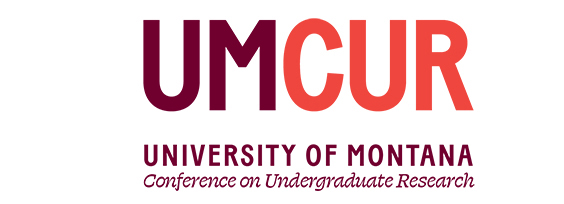Oral Presentations
Project Type
Presentation
Faculty Mentor’s Full Name
Daisy Rooks
Faculty Mentor’s Department
Sociology
Abstract / Artist's Statement
Social media provides a rich source for the study of social movements. Not only do movement organizations use social media as a platform to spread their message and organize, but users can also share their thoughts about a particular movement with ease. This project seeks to understand how the socioeconomic status and gender of a social movement’s participants affect the public’s reaction to their activities. This is done by studying how these movements are described on Twitter, and if these descriptions differ among different striking professions. The types of social movement I intend to study are all strikes which were active in the United States recently. My first case will be of New York Times journalists who went on a one-day strike in 2022 in and who will serve as my sample of a labor movement which represents white-collar workers perceived as having high socioeconomic status. My second case, which will involve labor movements perceived as representing primarily women who also have a lower socioeconomic status, I will study reactions to nurse strikes that happened in New York City hospitals in January 2023. I hypothesize that public sentiment will be less sympathetic to social movements that are perceived as representing primarily workers with high socioeconomic status, the journalists, and more sympathetic to a profession that is seen as necessary in society, nurses. Being able to fully study these public sentiments will be able to provide formal answers for how class and gender impact the perceptions of a social movement.
Category
Social Sciences
Depictions of Strikes on Social Media
UC 332
Social media provides a rich source for the study of social movements. Not only do movement organizations use social media as a platform to spread their message and organize, but users can also share their thoughts about a particular movement with ease. This project seeks to understand how the socioeconomic status and gender of a social movement’s participants affect the public’s reaction to their activities. This is done by studying how these movements are described on Twitter, and if these descriptions differ among different striking professions. The types of social movement I intend to study are all strikes which were active in the United States recently. My first case will be of New York Times journalists who went on a one-day strike in 2022 in and who will serve as my sample of a labor movement which represents white-collar workers perceived as having high socioeconomic status. My second case, which will involve labor movements perceived as representing primarily women who also have a lower socioeconomic status, I will study reactions to nurse strikes that happened in New York City hospitals in January 2023. I hypothesize that public sentiment will be less sympathetic to social movements that are perceived as representing primarily workers with high socioeconomic status, the journalists, and more sympathetic to a profession that is seen as necessary in society, nurses. Being able to fully study these public sentiments will be able to provide formal answers for how class and gender impact the perceptions of a social movement.
